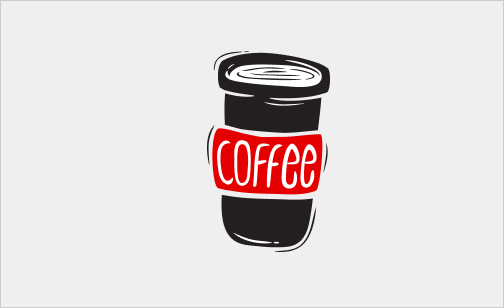Common Errors
Sometimes when you try to visit a web page, you’re met with an HTTP error message. It’s a message from the web server that something went wrong. In some cases it could be a mistake you made, but often, it’s the site’s fault.
Each type of error has an HTTP error code dedicated to it. Now, you might wonder, which are the most common HTTP errors that people encounter when they surf the Web? That is the question will be answered in this article.
Understanding HTTP Status Code Classes
HTTP status codes are divided into 5 “classes”. These are groupings of responses that have similar or related meanings. Knowing what they are can help you quickly determine the general substance of a status code before you go about looking up its specific meaning.
The five classes include:
- 100s: Informational codes indicating that the request initiated by the browser is continuing.
- 200s: Success codes returned when browser request was received, understood, and processed by the server.
- 300s: Redirection codes returned when a new resource has been substituted for the requested resource.
- 400s: Client error codes indicating that there was a problem with the request.
- 500s: Server error codes indicating that the request was accepted, but that an error on the server prevented the fulfillment of the request.
Most Common Web Errors

500 Internal Server Error
This is the most common error that web users will see. It is a general-purpose error, and can occur any time a web server encounters an internal problem. Error 500 happens most often when a web server is overloaded.
Layouts and Handling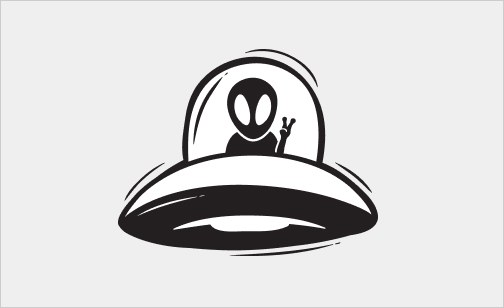
401 Unauthorized Access Denied
Web users will likely stumble across this error after a failed login attempt. Basically, it means the user tried to access a site they didn’t have access to.
Layouts and Handling
400 Bad Request
This error message will appear when something has gone wrong with your web browser. It means that your request was corrupted in some way.
Layouts and Handling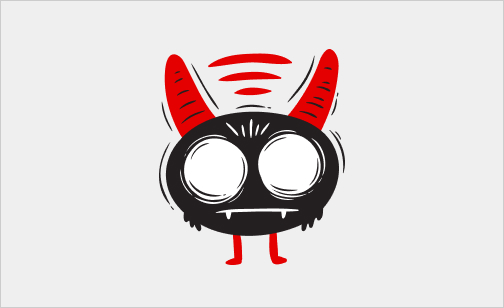
403 Access Forbidden
When there is no login opportunity on a page, you will get a 403 error on a page if you try to access a forbidden directory on a website.
Layouts and Handling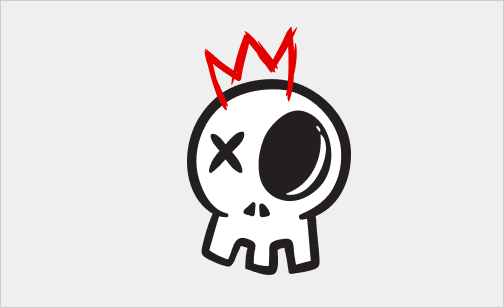
404 Not Found
When a user tries to access a web page that doesn’t exist, they will get a 404 error. This is usually the result of a broken link, a web page that has been moved, the user mistyped the URL, or the page was simply deleted.
Layouts and Handling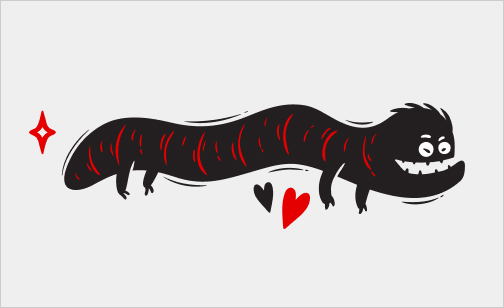
408 Request Timeout
A 408 error occurs when the user stops the request before the server finished retrieving information. This error will appear when a user closes the browser, clicks on a link too soon, or hits the stop button. It is also common to see this error when a server is running slow, or a file is very large.
Layouts and Handling